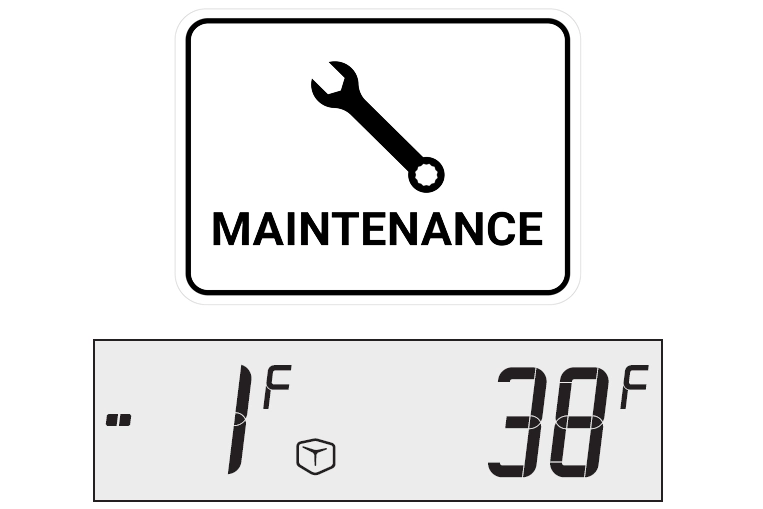California Climate Considerations
How heat, humidity, and sunlight affect Sub-Zero performance—and what you can do about it.
California presents a broad range of climates. Inland valleys push high ambient temperatures, while coastal regions contend with elevated humidity and salty air. These conditions can influence how efficiently your Sub-Zero refrigerator removes heat, how quickly condensation forms on exterior surfaces, and how door gaskets seal over time. Understanding these factors helps you tailor your routine maintenance to your specific environment, preserving food quality and energy efficiency.
Sub-Zero systems are built for reliability, but their performance hinges on proper care. The two primary concerns in California are heat load on the condenser and humidity around seals and interior surfaces. If the condenser accumulator gets dusty or blocked, heat transfer suffers, which can raise interior temperatures and energy use. Likewise, worn or dirty gaskets in high-humidity environments can allow warm air to seep in, causing the unit to work harder and potentially shorten its lifespan.
This guide covers practical steps you can take—season by season and day by day—to maintain optimal temperatures, minimize moisture issues, and extend the life of your Sub-Zero appliance in California. For complex repairs or calibrations, rely on a licensed technician who specializes in Sub-Zero products.
